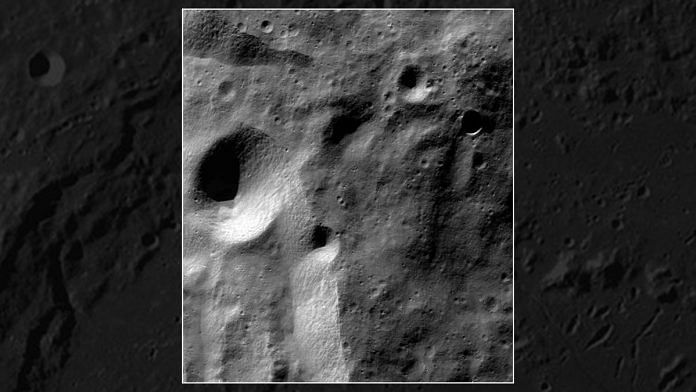Scientists have found that the lunar surface is more metal-rich than previously thought, a finding that challenges our understanding of how the Moon was formed.
The popular hypothesis around the formation of the Moon suggests that about 4.5 billion years ago, a Mars-sized body named Theia collided with Earth’s upper crust. The collision shot a large portion of Earth’s upper crust — which is poor in metals — into orbit, eventually forming the Moon.
However, the new study, based on data sent back by a NASA craft, sheds light on the composition of the dust found at the bottom of the Moon’s craters. It shows that the Moon’s subsurface may be richer in iron and titanium oxides than scientists had believed. More on Independent.
Climate crisis may drive out fish species from traditional spawning areas
Up to 60 per cent of all fish species may find it extremely difficult to reproduce in their traditional spawning areas due to rising temperatures caused by the climate crisis, says a study published in the journal Science.
The shows that the risks for fish are much higher than previously assumed, since they are especially sensitive to rising water temperatures in certain developmental phases. Some of the species that are under threat include commercially important ones such as the Atlantic cod and brown trout.
The only way to keep this threat in check is if governments ensure that global warming is less than 1.5 degrees Celsius. If that happens, the species at risk would be 10 per cent of fish populations as opposed to 60. More on CNN.
New Ichthyosaur species discovered from museum specimen
Researchers from Canada’s McGill University and the State Museum of Natural History Stuttgart in Germany have identified a new species of Ichthyosaur, called Hauffiopterix altera. Ichthyosaurs were a group of marine reptiles that inhabited Earth’s seas between 250 to 65 million years ago, that is, during the Mesozoic era, says a study published in Palaeontologica Electronica.
The species was identified by studying a specimen preserved in a museum in Germany. Following a meticulous study of all specimens related to Hauffiopteryx typicus, a small 2-metre-long species, it was revealed that a single specimen in Germany was, in fact, different.
Similar to the modern-day dolphin, ichthyosaurs adapted to aquatic environments in major ways, including limbs transformed into flippers, a dorsal fin and a tail fin. More on Tech Explorist.
Rare sparrows in Canada changed their tune
White-throated sparrows in Canada seem to have changed their tune over the span of the last few decades, scientists have found. A paper published in Current Biology details how, in the 1960s, white-throated sparrows across Canada whistled a song that ended in a triplet, a repeating pattern of three notes.
But, over the past five decades or so, the birds had begun to sing a two-note ending, called a doublet. Scientists have tracked how this two note ending became “viral” across Canada, traveling over 3,000 kms between 2000 and 2019 and wiping out a historic song ending in the process.
Although some bird species change their songs over time, these cultural evolutions tend to stay in local populations, becoming regional dialects rather than the norm for the species. However, over the course of 40 years, songs ending in two notes among the rare sparrows became universal west of the Rocky Mountains. More on the New York Times.




Dear ThePrint, please let me see other viewers’ comments without having to type my own in first.
Regarding the Moon, why are no findings from Chandrayaan 2 (or 1) being reported anywhere? The Orbitter is functional, so where is the report of data from it?! Is ISRO not releasing it or are our news media not reporting it?
Regarding the sparrows, I guess even they have been affected by globalization….jk